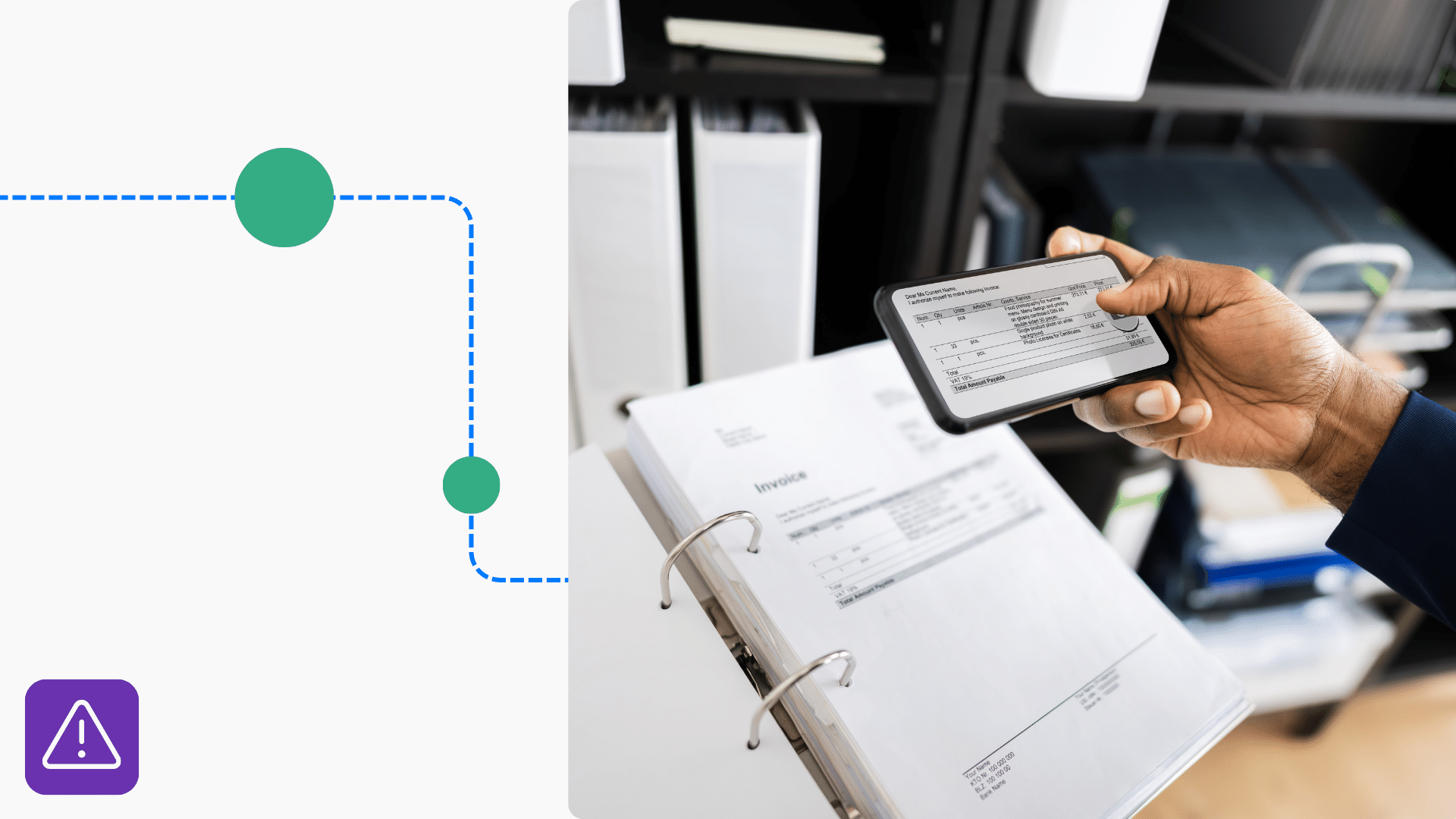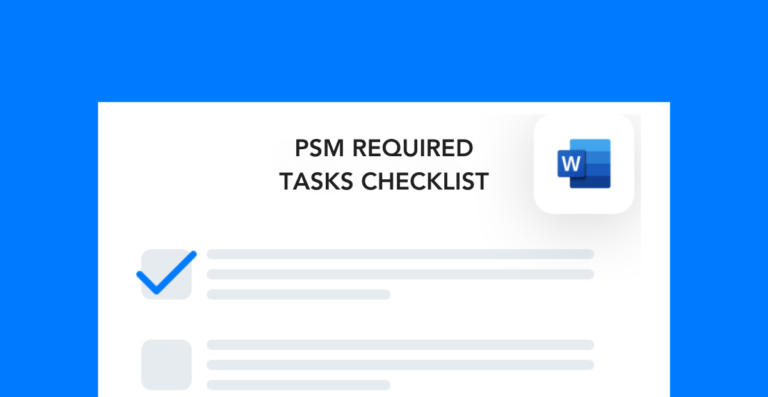Trade secrets can include all sorts of information like recipes, machine or process designs, proprietary tools, procedures, and more. Companies that fall under OSHA’s PSM regulations must disclose any of this information that impacts PSM-regulated activities like compiling process hazard analyses or conducting incident investigations.
What are trades secrets?
Trade secrets are the classified practices, processes, procedures, etc., that companies use to get an edge over their competitors. According to the New York City Bar Association:
“A trade secret has three parts: (1) information (2) economic value from not being generally known by others, and (3) reasonable efforts have been taken to protect the trade secret.”
The main reason to keep certain information secret is so you can maintain your competitive advantage in the market. This protects the bottom line and allows you to continue offering or doing something that others in your field can’t. But when it comes to health and safety, trade secrets can’t come in the way of compliance.
Trades secrets in PSM
The purpose of OSHA’s PSM standard is to “[prevent or minimize] the consequences of catastrophic releases of toxic, reactive, flammable, or explosive chemicals.” To do that, you must account for all variables that might cause unintentional releases, even if they’re trade secrets.
Under section 1910.119(p)(1), you must make all information (trade secrets included) available to anyone who:
- Compiles process safety information
- Develop the process hazard analysis
- Develop operating procedures
- Participate in incident investigations, emergency planning and response, and compliance audits
The trade secrets specification does not prevent you from requiring a confidentiality agreement from anyone who receives the information. But it does require your employees and/or their representatives to have access to trade secrets that pertain to the documentation within the PSM standard.
PSM compliance best practices
Documentation plays a major role in PSM compliance. One of the best practices you can follow is keeping all your documents in a central location so they’re easy to access. You can do this with physical files, a digital file folder on a shared drive, or your EHS software system. All these approaches work as long as they meet the accessibility requirements of the PSM standard.
Another best practice is to break the standard down into its 14 separate parts and schedule individual compliance audits for each. The standard only requires a compliance audit once every three years, but staying on top of something like PSM requires constant oversight. Reviewing compliance on a continuous basis allows for greater oversight and can make your process safety program even more effective.
Check out our PSM resource page for more compliance information and resources.
Other posts you might like…
No posts


